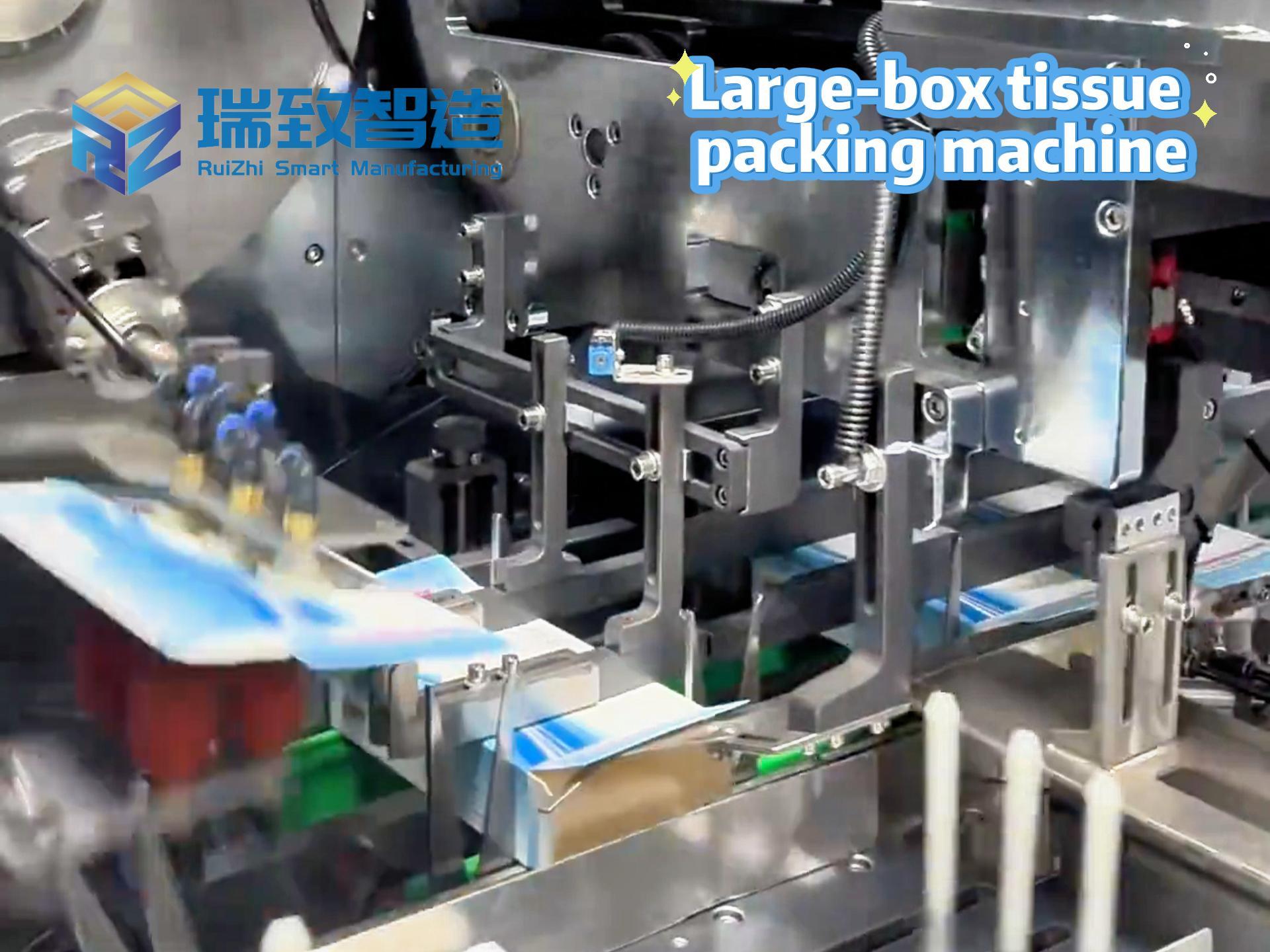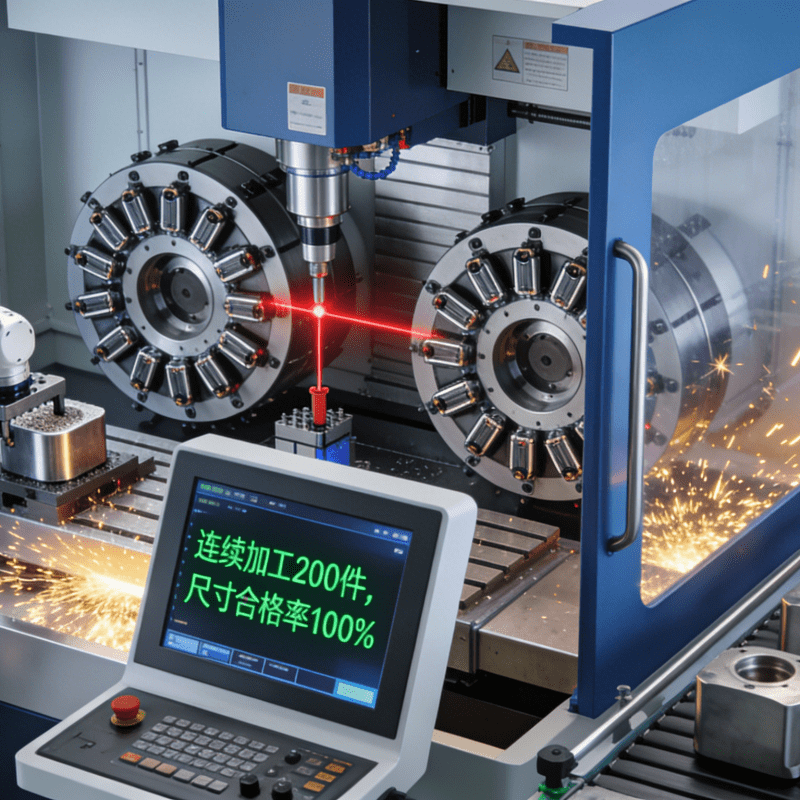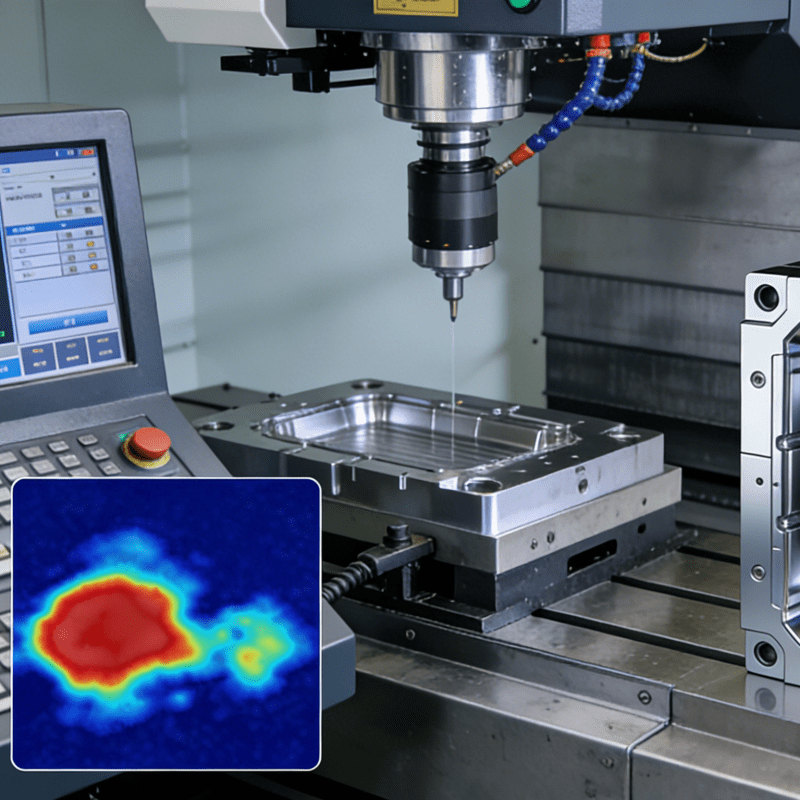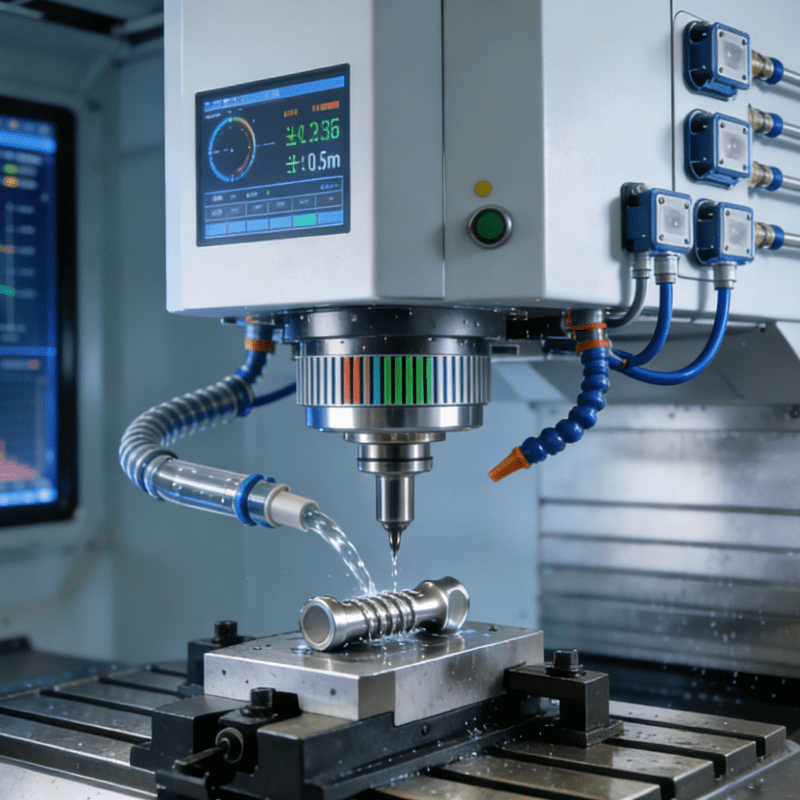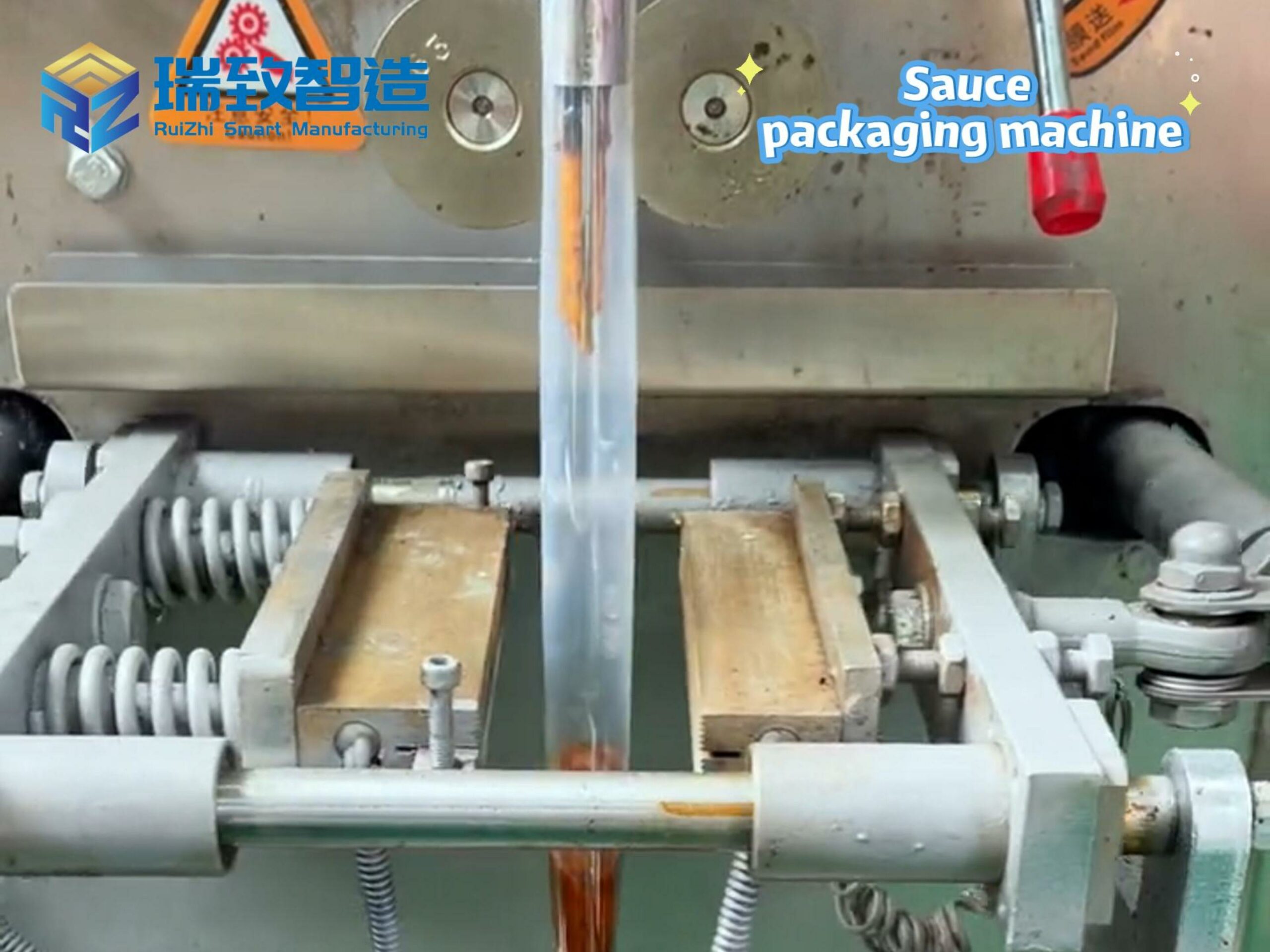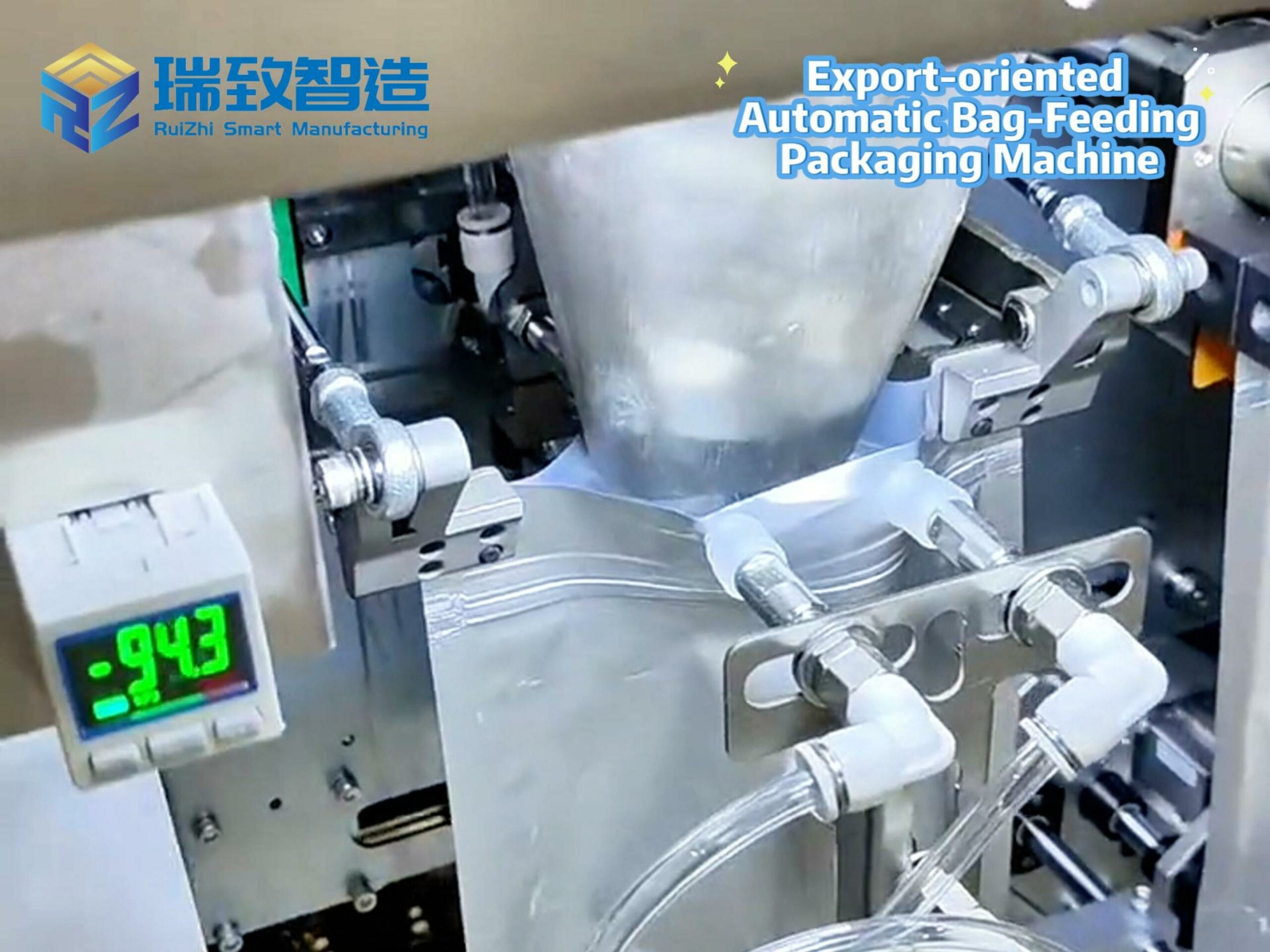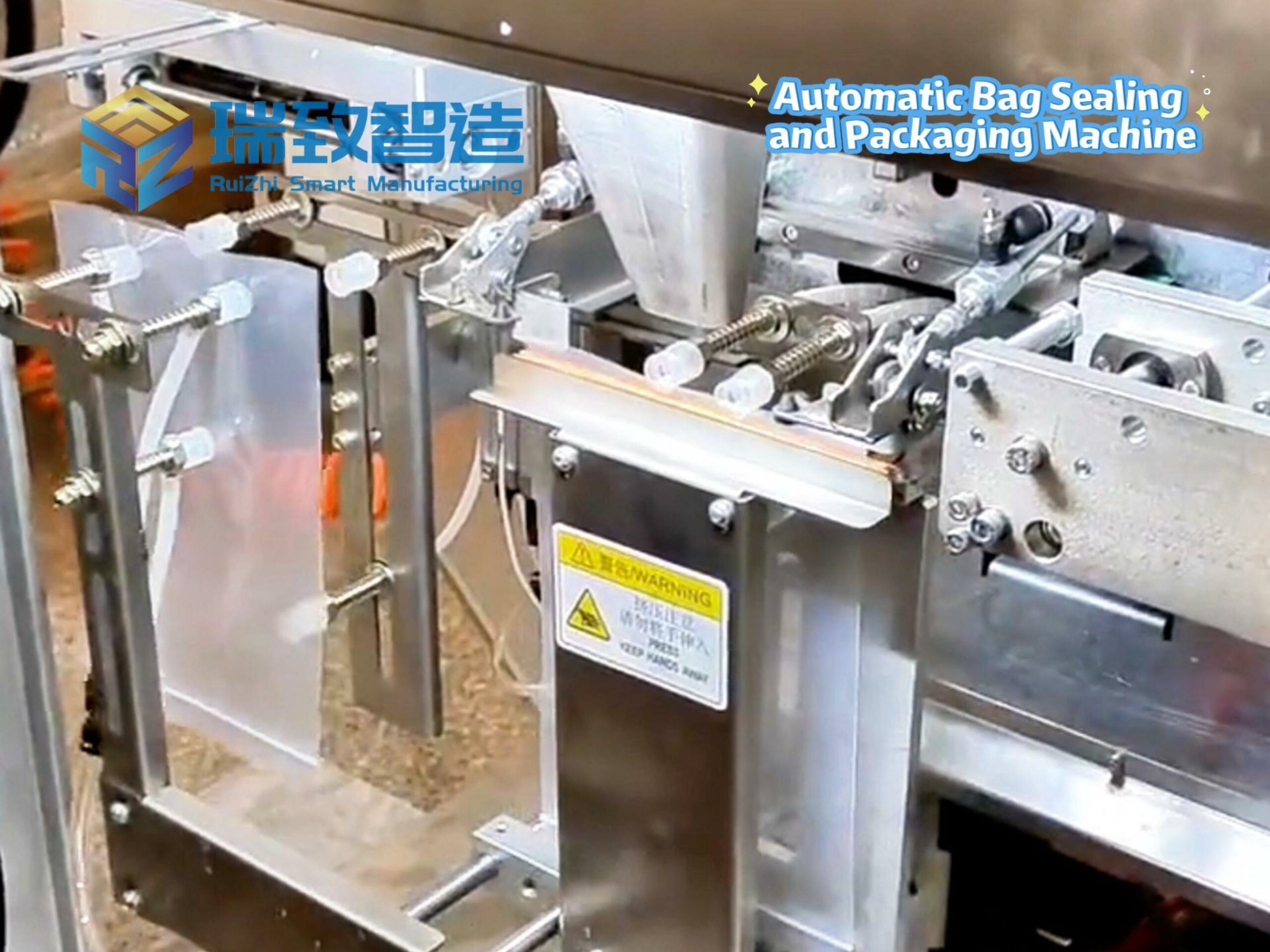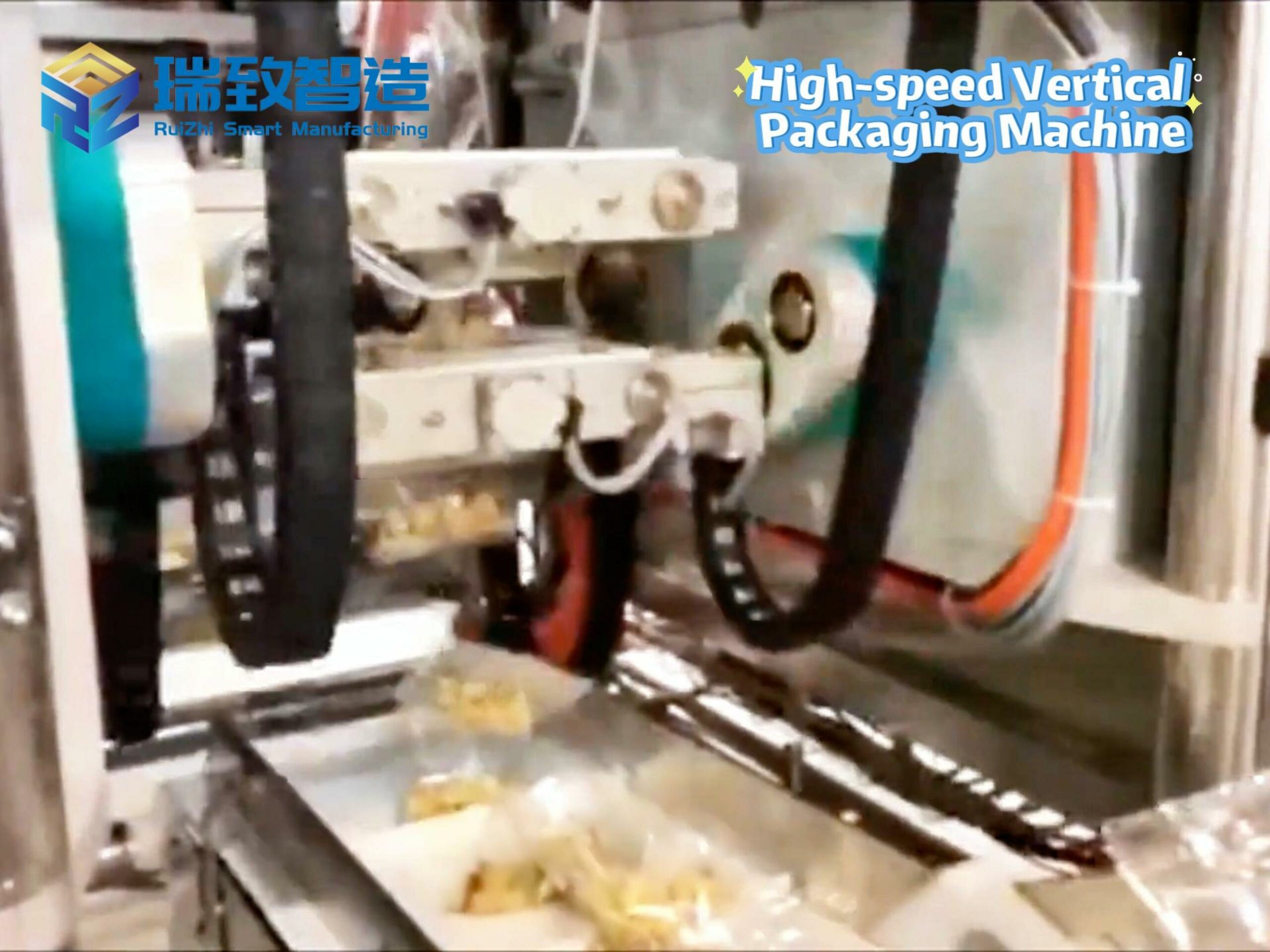In the wave of accelerated transformation in industrial automation, collaborative robots (cobots) are emerging as a core force redefining production paradigms. Market data shows that the global collaborative robot market is expected to exceed $23.5 billion by 2033. Behind this growth lies a fundamental leap in human-robot collaboration—from “simple coexistence” to “in-depth synergy.” Machines and humans are working precisely in shared workspaces, redefining the production logic of modern factories.
From Application Penetration to Technological Upgrade: The Implementation and Evolution of Collaborative Robots
Currently, collaborative robots have been widely applied in scenarios such as assembly, welding, and material handling. A study by QNX reveals that 71% of global manufacturing decision-makers have already deployed robotic technologies, while another 71% of non-users plan to adopt them in the future. Improved efficiency, cost optimization, and enhanced precision have become the core drivers for enterprises to embrace collaborative robots. However, the strict requirement for “zero deviation” in production scenarios—where any operational error may lead to product defects or process disruptions—has also pushed technology toward greater precision and reliability.
The evolution of robotic technology has always faced a core challenge: to possess the programmability and repeatability of machines while achieving environmental perception and dynamic response capabilities close to those of humans. The emergence of collaborative environments is the key to solving this problem. Through human-robot division of labor, robots focus on high-precision and high-repetition tasks, while humans leverage their creativity and flexible decision-making advantages, forming a synergistic effect where 1+1 > 2.
Technological Cornerstones: Dual Support from Real-Time Operating Systems and Functional Safety
Unleashing the potential of collaborative robots cannot be achieved without breakthroughs in underlying technologies. Among these, real-time operating systems (RTOS) are the core pillar. They must provide hard real-time determinism to ensure millisecond-level precision control of robotic movements; achieve safe isolation of human-robot physical interactions through fault-tolerant mechanisms such as temporal and spatial separation; and support intelligent functions like machine learning and sensor fusion, enabling robots to adapt to human actions and environmental changes in real time. It can be said that a stable, safe, and intelligent operating system is the “neural center” that integrates collaborative robots into production processes.
Functional safety, on the other hand, is the “bottom-line requirement” for human-robot collaboration. As collaborative robots become more complex, they need to dynamically adjust their movements around human workers. This not only requires technical safety design but also serves as the foundation for a safe working environment. Sound safety protocols not only prevent accidents and protect workers but also build trust in automation—a hidden prerequisite for technological popularization. Currently, standards such as ISO 10218 (Safety of Industrial Robots) and IEC 61508 (Safety of Electrical/Electronic Systems) have become basic guidelines for enterprises deploying collaborative robots.
Future Outlook: Human-Robot Collaboration Reconstructs Manufacturing Value
The ultimate value of collaborative robots does not lie in replacing humans but in amplifying production efficiency through synergy. They can flexibly integrate into existing factory environments without large-scale infrastructure renovations; while freeing human resources from repetitive labor, they improve product quality and production flexibility through complementary human-robot advantages.
It is foreseeable that with the iteration of real-time operating system technologies and the improvement of functional safety systems, collaborative robots will be deployed in more segmented scenarios—from precision electronics assembly to heavy machinery manufacturing, from mass production to customized orders. The core of all this remains “human-centric”: under the premise of ensuring safety, automation technology becomes a driver of innovation, ultimately achieving dual improvements in productivity and work experience.
The era of human-robot collaboration has arrived. With their unique flexibility and safety, collaborative robots are becoming a key link connecting automation and humanized production, reshaping the future landscape of industrial manufacturing.
How to Improve the Efficiency and Quality of Medical Device Assembly
Is the efficiency of automated medical device assembly high?


